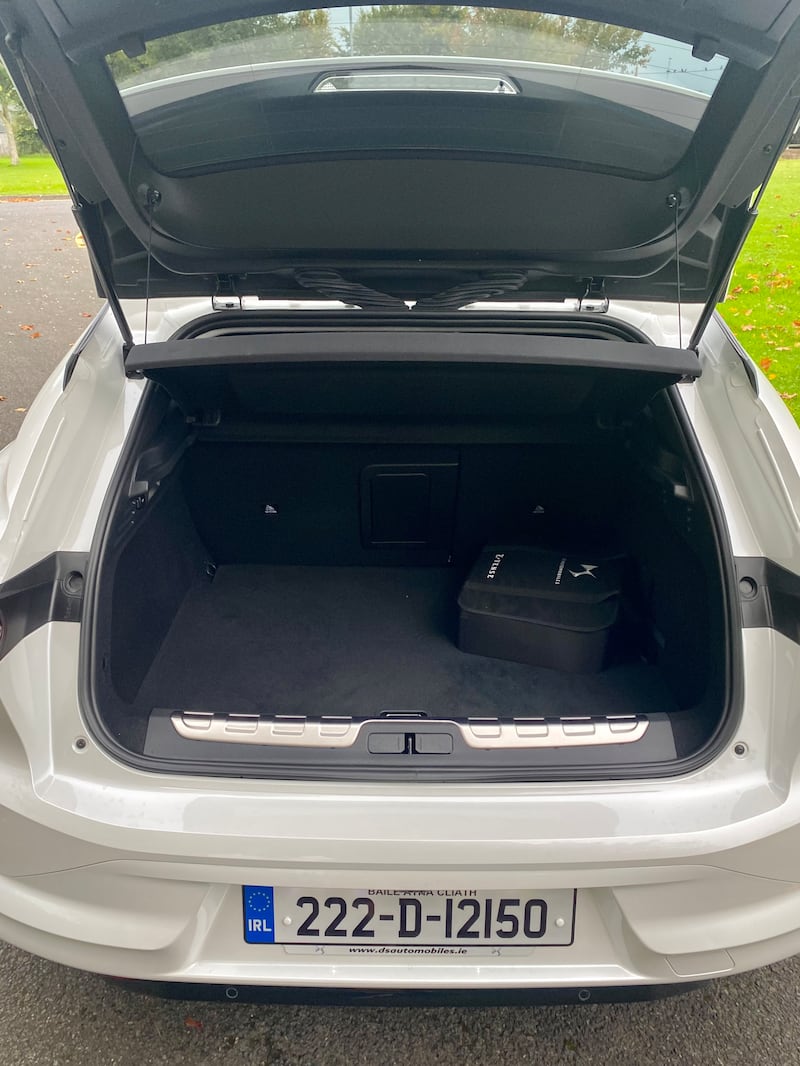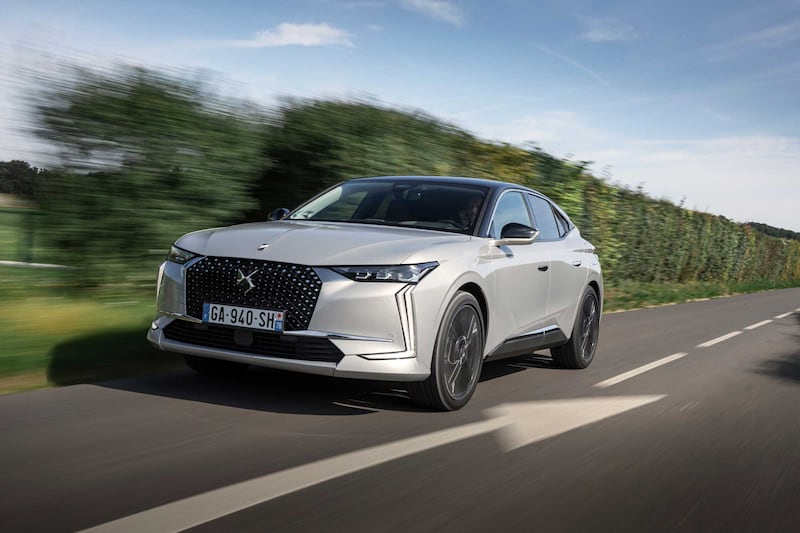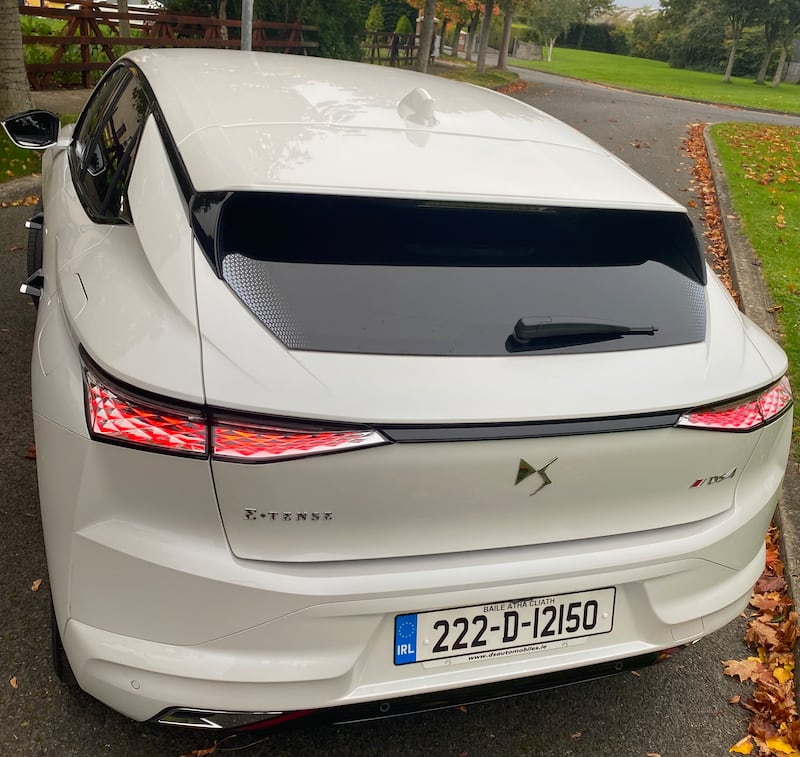French luxury is axiomatic. While Germany’s luxury car brands had to expand into luxury from making taxis and trucks (Mercedes), bubble cars (BMW) and rebadged VW Polos (Audi), the French have always had a lock on luxe. Hermès. Dior. Chanel. Longchamp. Lacoste. Cartier. Veuve Cliquot. Whatever France touches turns to luxury.
Except cars. It’s an odd thing, but few take French luxury cars seriously, and it’s all the fault of French car buyers. French car buyers are sensible people, and they’ve long since realised that you don’t really need a car that’s luxurious or expensive. A Clio does the job just fine. So does a 208. Or a C4. Anything more ostentatious than that is a waste of money that could have been spent on wine and cheese. Frankly, it’s hard not to agree.
Meanwhile, Germany powered (literally) ahead on a wave of Autobahn-spec speed and precision that built the images of its three main premium car brands. France’s carmakers have tried to get their noses back into this market, but since the 1955 Citroën DS they’ve not really managed it. Remember the Renault Vel Satis? Exactly.
That’s the job of DS as a modern brand. It has been created out of a luxury Citroën subbadge to take on the Germans and remind them that, when it comes to comfort, luxe is a French word.
READ MORE
So far the results have been patchy. The original DS 3 hatchback was fun and sparky, but models such as the DS 5 and DS 4 fell flat, while the current DS 7 is a decent SUV but, perhaps, nothing special. So this new DS 4 has a great deal of catching up to do.
It gets off to a good start, with smart, slightly square-edged styling that arrests the eye. It’s not quite pretty — too many competing angles for that — but it’s certainly smart and rather appealing.

There’s better news inside. While the smaller DS 3 looks like its interior luxury has been ever so slightly tacked on, the DS 4′s cabin looks and feels more built-in, in premium terms. Our Performance Line–spec test car has acres of soft suede panels and deep, low-set, very comfortable front seats. The small digital instrument panel looks less lost here than it does in the DS 3, and the clear and sharp heads-up display on the windscreen is hugely useful. The switches and the knurled metal trim look and feel good, while the big screen in the middle has sharp graphics and a relatively sensible menu layout.
There’s a but coming, and it’s to do with the little extra screen on the centre console that helps you use the touchscreen. You assume that it’s like a little laptop trackpad, allowing you to control the main screen (which if we’re being honest is a little bit too much of a stretch away). It’s not, though. All it does is give you access to a relatively truncated list of menu shortcuts. Try to select a music track using the extra little screen and you’ll soon find you can’t. It’s rather frustrating — potentially useful tech that’s rather been left to waste.
Space in the back is also a bit of an issue, as it’s fine but nothing more than fine. Tall teenagers who may be known to me complained of a lack of legroom, and it’s hard to disagree. We applaud the fact that the DS 4 is closer to a hatchback than it is an SUV (the lower roof means better aero for superior fuel economy) but there are compromises to be made.

There’s further compromise in the boot, which in this 225hp plug-in hybrid model measures 390 litres. That’s not bad, but it’s less than the 430 litres offered by the 1.2 petrol model. It’s okay, as far as boots go, but notably shallow.
Still, it does mean that you get a decent battery for your plug-in hybrid and that gives you, on a full charge, a claimed range of up to 62km on electric power. Between 45km and 55km feels like a more realistic limit, but that’s still pretty good and in this E-Tense plug-in hybrid model the DS 4′s 25g/km CO2 figure is impressive.
Of course, there’s a limitation to that — you have to plug in religiously regularly to get anywhere near that figure, and long journeys on just the 1.6-litre turbo petrol engine yield economy of more like 6.5 litres per 100km, which is okay but not spectacular.
Toyota and Kia offer PHEV performance with better all-round economy than that. On the upside, refinement is excellent — you do hear an occasional whiny revving noise from the engine, but otherwise, all is silent inside.

Handling-wise, the DS 4 treads some slightly awkward ground. The suspension is quite soft, as is appropriate for a luxury French car, but there is a sensation that the springs jiggle and fidget a bit too much around town.
On the open road, it’s far better in comfort terms, but then that softness does detract a bit from the cornering accuracy. There’s a balance to be found in here, but I’m not sure the DS 4 has quite yet found it.

Still, the 4 is unquestionably the best DS that has come along since that small and sparky original DS 3, and that is good news. It provides a pleasant alternative to the likes of the Audi A3, the BMW 1 Series, and the Mercedes A-Class.
Value-wise, the DS 4 is much more affordable than the Merc, slightly more expensive than the BMW, and quite a bit more expensive than the Audi, but better-equipped across its model range.
The potential blot in its copybook comes soon, with the arrival of the new Citroën C5X, which will offer really quite similar levels of luxury with much more space inside for slightly less money. While you may quibble that Citroën is not a luxury brand, we’d remind you that Citroën begat the original DS, not the other way around.
For now, there’s also only one DS dealer, based in Dublin, which will limit the brand’s presence on the ground for a bit yet.
So, yes, the French can do luxury and can make a pretty convincing luxury hatchback. The only question now is if enough Irish buyers will have their heads turned.
Lowdown: DS 4 225hp E-Tense Performance Line
Power: 1.6 litre turbocharged petrol plug-in hybrid engine developing 225hp and 360Nm of torque, driving an eight-speed automatic transmission with front-wheel drive.
CO2 emissions (annual motor tax) 25g/km (€140)
Fuel consumption: 1.2l/100km
Electric range: 62km
0-100km/h 7.7 seconds
Price €53,540 as tested, DS 4 starts from €37,295














